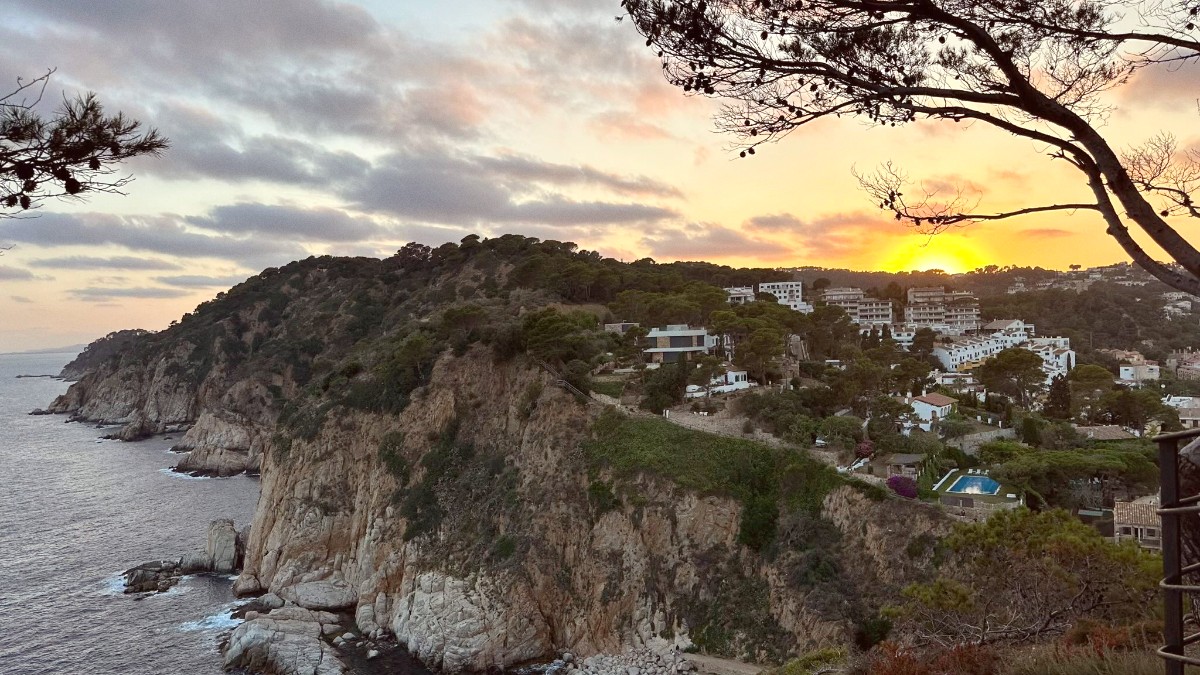
Spain
The Costa Verde's cuisine is heavily influenced by its geography. The Atlantic Ocean provides abundant seafood, while the mountains and green pastures yield high-quality meats, dairy, and produce.
Flavors are often rich and hearty, with olive oil, garlic, and paprika. Cider (sidra) is central to Asturian cuisine. Basque cuisine places emphasis on fresh, high-quality ingredients and innovative techniques.
Hake (merluza), cod (bacalao), tuna (bonito), anchovies (anchoas), clams (almejas), crab (centollo), and octopus (pulpo).
Beef (Asturian veal, Basque txuleta), pork products (chorizo, cured ham), game meats. Strong cheeses like Cabrales, Gamonedo, Idiazabal, Picón Bejes-Tresviso.
Beans (fabes), potatoes, peppers, onions, chestnuts, and wild mushrooms. The cool, damp climate is ideal for specific ingredients.
Fabada Asturiana (hearty white bean stew with chorizo, morcilla, pork shoulder), Cachopo (fried veal fillets stuffed with ham and cheese), Queso Cabrales (strong blue cheese, often with cider or honey).
Find these in traditional Asturian restaurants (casas de comidas).
Pintxos (small, elaborate culinary creations on bread), Txuleta (thick, aged beef ribeye steak, grilled rare), Marmitako (hearty tuna stew with potatoes).
Pintxos are quintessential to San Sebastián's Parte Vieja; Txuleta in asadores; Marmitako in coastal seafood restaurants.
Cocido Montañés (rich Cantabrian stew with white beans, collard greens, chorizo, morcilla, pork ribs), Anchoas de Santoña (high-quality cured anchovies).
Cocido Montañés is a staple in traditional Cantabrian eateries; Anchoas served simply with olive oil and bread.
Sobaos Pasiegos (small, buttery sponge cakes) and Quesada Pasiega (baked cheesecake-like dessert).
Arroz con Leche (creamy rice pudding, often caramelized) and Pantxineta (Basque puff pastry, custard cream, almonds). Tejas & Cigarrillos de Tolosa (thin, crunchy almond biscuits).
The Basque Country, especially San Sebastián and Bilbao, is renowned for its Michelin-starred restaurants, including multiple 3-star establishments (e.g., Arzak, Mugaritz, Akelarre in San Sebastián, Azurmendi near Bilbao).
Mid-range restaurants are abundant in all cities and towns, offering a wide variety of Spanish and regional cuisine. Look for the "menú del día" for excellent value at lunch.
City markets frequently feature food stalls or small eateries offering fresh, affordable meals (e.g., Mercado de La Ribera in Bilbao, Mercado El Fontán in Oviedo).
Increasingly common in larger cities and modern restaurants. Look for "platos de verduras," "ensaladas," "setas," and "legumbres."
Pintxos bars often have "pintxos de verduras" or "tortilla de patatas." Use apps like HappyCow.
Awareness of gluten-free ("sin gluten") and other allergens is growing. Larger restaurants may have allergen menus.
Communicate needs clearly ("Soy celíaco/a"). Travel-sized allergen cards in Spanish are helpful.
Popular in Basque Country (pintxos, regional cuisine).
Available in major cities (pintxos crawls, market visits).
Cider houses in Asturias, artisan cheese makers.
Txokos (Basque gastronomic societies), Pintxos Hopping.
While not a traditional "street food" culture, pintxos are eaten casually, often standing, making them a high-quality "grab-and-go" food.
Found in countless bars in San Sebastián's Parte Vieja and Bilbao's Casco Viejo.
Fried dough with thick hot chocolate. A popular breakfast or late-night snack.
Available at specific churrerías throughout the region.
Using online search tools and apps, like HappyCow for vegan/vegetarian options and Celiacos.com for gluten-free information, is helpful.
"Soy celíaco/a" (I am celiac) or "sin gluten" (gluten-free) are widely understood terms for gluten restrictions.
Especially popular in the Basque Country (San Sebastián, Bilbao), focusing on pintxos, Basque cuisine, or traditional Spanish dishes.
Available in major cities, often focusing on pintxos crawls, market visits, or gourmet tastings.
Cider Houses (Sidrerías) in Asturias offer tours and tastings. Visits to artisan cheese makers (e.g., Cabrales in Asturias, Idiazabal in Basque Country) can be arranged. Some Txakoli wineries offer tours.
The unique culture of moving from bar to bar in the Basque Country, trying one or two pintxos and a drink at each establishment. A social and culinary adventure.
Experience diverse flavors in one evening.
Albergues for Camino de Santiago pilgrims often foster a sense of community through shared meals.
A chance for unique social interactions.
Experience a wide array of flavors, from fresh seafood to hearty stews and pungent cheeses, reflecting the region's diverse landscape.
Immerse yourself in unique dining customs, like pintxos hopping in the Basque Country or cider pouring in Asturian sidrerías.
Growing awareness of dietary needs, with options for vegetarian, vegan, and allergen-aware dining, especially in larger cities.
Always read the "menú del día" for lunch for an excellent value proposition, especially on weekdays. It typically includes multiple courses, bread, and a drink.